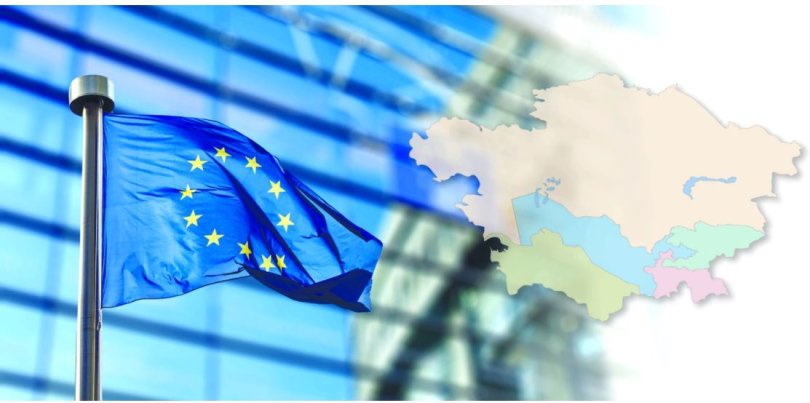
Digitalisation and Central Asia
Technological progress and wider access to knowledge and skills online are some of the reasons young people are positive about the future, notwithstanding the challenges they have faced in recent times, according to a survey jointly undertaken by the ETF and UNICEF in Eastern Europe and Central Asia involving 15,000 young people.
The recent public health crisis has accelerated the integration of digital technologies in education and training systems. The majority of schools across the world moved to a hybrid mode of learning. In Central Asia, as in other regions, the digital capacity of education and training systems has therefore become a key challenge.
EU support to Central Asia
In 2019 the EU adopted a New Strategy on Central Asia within which education is one of the main areas of cooperation. The strategy promotes sustainable energy, women’s economic empowerment, education and inclusive sustainable growth.
Many students and teaching staff from Central Asia have received support through placements and scholarships to the EU including under the Erasmus programme. Additionally, support is being provided through projects which include vocational education and training institutions based on the principles of the ETF’s Torino Process. Attention is focused on addressing the needs of a rapidly growing young population through new jobs.
The EU and Central Asia are cooperating on supporting the development and maintenance of high capacity research and education networks; promoting digital literacy and skills; fostering digital entrepreneurship and job creation; and developing areas such as e-Government and e-Education.
SELFIE in Central Asia
The first strategic priority of the EU’s Digital Education Action Plan 2021‒27 is ‘the development of a high-performing digital education ecosystem. Education and training systems need the right tools and processes to plan and develop their digital capacity, involving stakeholders at all levels. SELFIE is such a tool. It is soon to be piloted in Central Asia, starting with Kazakhstan.
Did you like this article? If you would like to be notified when new content like this is published, subscribe to receive our email alerts.